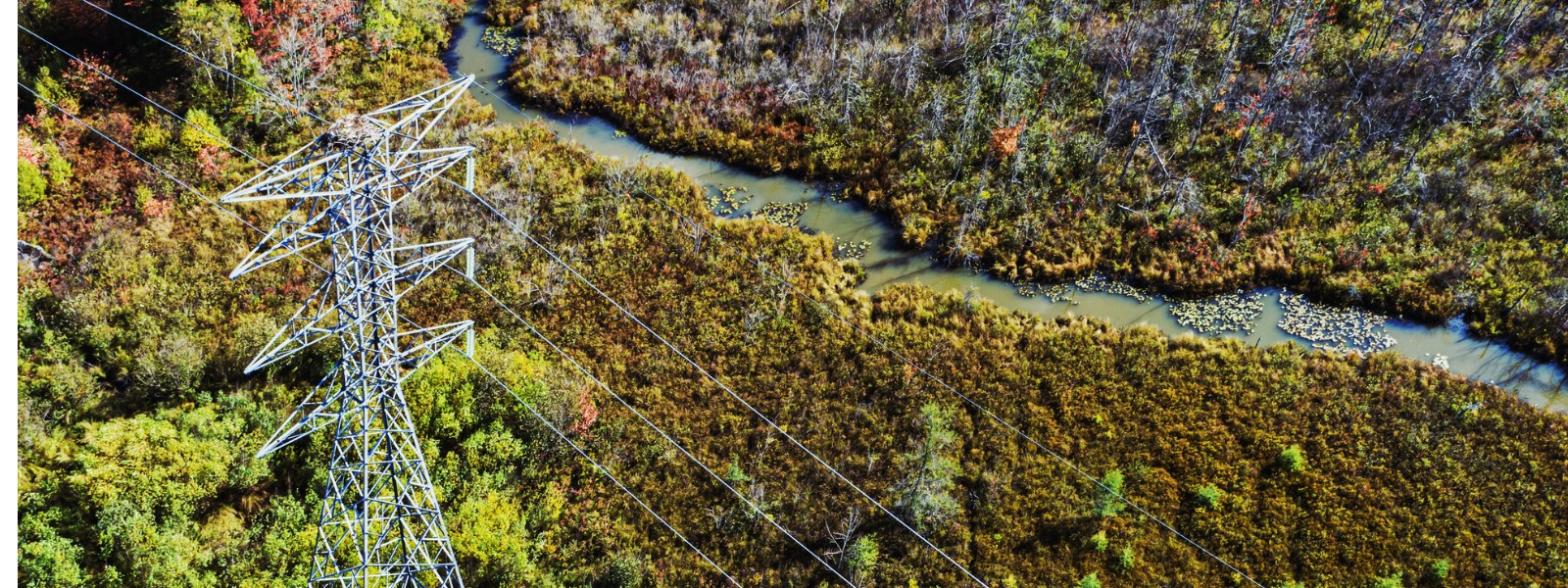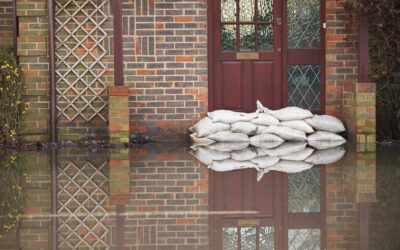Two words in September’s federal throne speech caught the ear of many East Coasters: “Atlantic Loop.” It’s a new term for a historic idea, and it could be a boon for clean growth in a region that has struggled economically for decades. If successful, it could also show the rest of Canada how to move electrons across borders—a simple idea that has never managed to break through the provinces’ separate electricity grids.
But first, some context.
At its core, the Atlantic Loop is about improving how Atlantic Canada—plus Quebec—generates and moves electricity within and between provinces. It would take clean electricity generated from big hydro dams in both Quebec and Newfoundland and Labrador and send it south, providing clean electricity to the Maritime provinces and possibly even the eastern U.S. states (see map).
Source: NRCan (2018)
What’s now being called the “Atlantic Loop” is a rebranding of a concept that’s been around for decades, as federal and Atlantic governments have worked toward a more integrated interprovincial electricity grid (see the Atlantic Energy Gateway initiative).
In fact, about half of the Loop is already built. The Maritime Link, a subsea transmission cable running from the south of Newfoundland to Cape Breton, should start moving electricity from Muskrat Falls to Nova Scotia in 2021.
The big missing piece is now the north-south transmission infrastructure running from Muskrat Falls in N.L., through Quebec, and down into New Brunswick, Nova Scotia, and the U.S. Yet it’s also the most important—and contentious—piece (I’ll come back to this). Last week, the Canada Infrastructure Bank announced $2.5 billion in new public financing to generate, store, and transmit clean energy between provinces, territories, and regions. While it’s still unclear where these dollars will flow, there’s a chance some might help complete the Loop.
Electrifying the Atlantic bubble
The Atlantic Loop could be a major driver of clean growth in the region.
Start with the economic benefits: As the world continues to rapidly transition to a low-carbon economy, the Atlantic Loop could breathe new competitive life into a regional economy desperate for new sources of growth and jobs. Atlantic Canada is already leading in many areas of clean energy, such as leading research in battery storage between Tesla and Dalhousie University, tidal power in the Bay of Fundy, and a handful of micro-grid pilot projects throughout the region (here and here). The Atlantic Loop would help the region move where global markets are already going and enable innovations in clean energy to flourish.
Completing the loop would also have big climate benefits. A lot of electricity in the Maritimes—namely in N.S. and N.B.—is still dirty. Importing more clean hydro electricity from QC and N.L. would allow these emissions-intensive provinces to get off coal and oil earlier than planned and help achieve net zero emissions by mid-century. Transmission lines to the eastern U.S. states would allow them to do the same. A bigger baseload of clean electricity from N.L. could also help the Maritimes accelerate the development of intermittent renewables (e.g., wind farms in P.E.I. or solar in N.S.).
Finally, electrifying the region with clean energy comes with health benefits. While the region generally enjoys clean air, parts of Atlantic Canada—even remote and rural areas—experience high levels of air pollution (see graph below).
Electrifying heavy industry, transportation, and buildings, and phasing out coal-fired power plants, could drive healthier outcomes for all Atlantic Canadians.
Ensuring we don’t go in circles
Finishing the Atlantic Loop sounds like a no-brainer to a lot of East Coasters like myself—it offers real hope for a region trying to find its competitive edge. But like any major infrastructure project, we should keep a skeptical eye. We still don’t have details on how or when the Loop would be completed, or how much it’ll cost. A big unknown, for example, is whether N.L. will build another hydro dam at Gull Island, at a time when the environmental and financial costs from its Muskrat Falls project are still fresh.
We also can’t ignore the political elephants in the room. The benefits from the Atlantic Loop are unlikely to fall evenly across the five provinces, creating thorny questions around jurisdiction and fairness. In particular, these distributional implications could reignite historical tensions: Quebec and Newfoundland have a complicated and layered relationship when it comes to energy projects (to put it mildly). Completing the Loop would require consent and support from a QC government that holds a lot of bargaining power. Linking with the Eastern U.S. would add even more stakeholders to the table, each wanting a slice of the pie.
Fortunately, the major players are already working on a plan together. Here, the federal government could play an important role as mediator and financier.
A model to replicate?
Whether this works on the east coast ultimately has big implications for the rest of Canada. British Columbia and Manitoba—like Quebec and N.L.—also have an abundance of clean energy. Yet moving their clean electrons west and east across provincial boundaries has historically proven far more difficult than moving them north-south to the U.S. Strengthening transmission lines to Alberta and Saskatchewan, which both have emissions-intensive economies, could help drive the same benefits that are on the table for Atlantic Canada.
Completing the Atlantic Loop is an exciting opportunity for clean growth in Atlantic Canada and beyond. But it’s still too early to tell where the true benefits and costs lie. This type of infrastructure would last decades and have serious implications on the economy, on taxpayers, on health and well-being, and on the environment.
Like other East Coasters, I eagerly await to see what comes next. Just as Atlantic Canada has bonded together to successfully manage COVID-19 (so far, at least), it now has the opportunity to show the same leadership in breaking down provincial barriers with generating and moving clean electricity.




